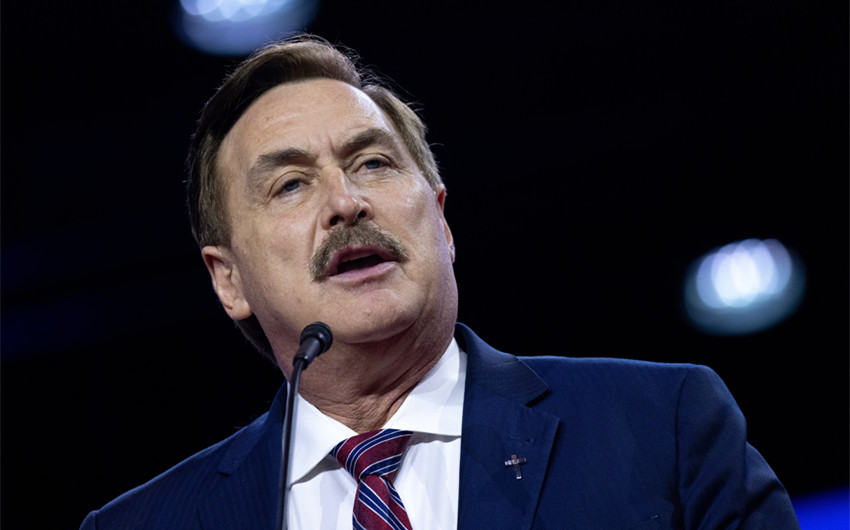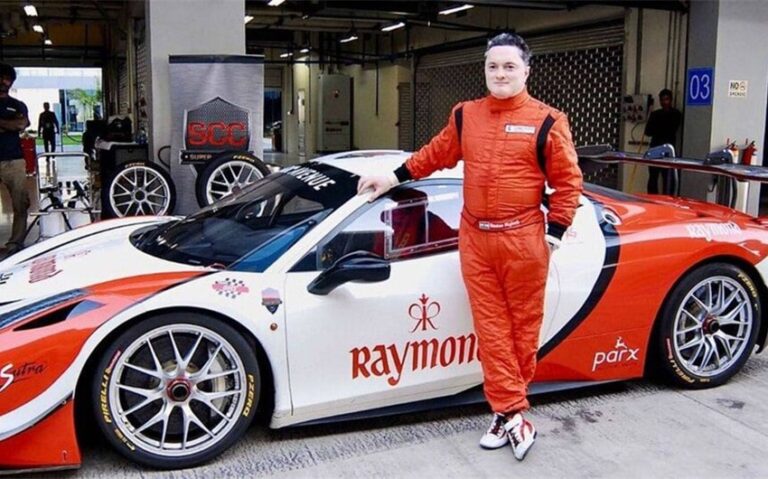What Is Mike Lindell’s Net Worth: How It Changed Over Time
You might be asking, what is Mike Lindell’s net worth after seeing his face in MyPillow commercials, hearing about his political activism, or reading about lawsuits connected to election controversies. Known as the “MyPillow Guy,” Lindell has experienced the highs of entrepreneurial success and the lows of public and legal scrutiny. His path is anything but conventional—from recovering drug addict to CEO, media figure, and one of the most polarizing business leaders in recent years. But how much is he actually worth now, and how has that number changed with the shifting tides of fame, controversy, and business setbacks?
Who Is Mike Lindell?
Mike Lindell is an American entrepreneur, author, and political activist best known as the founder and CEO of MyPillow Inc., a company that sells pillows and other bedding products. Born in Mankato, Minnesota, in 1961, Lindell’s early life was marked by instability, addiction, and failed business ventures. He has publicly spoken about his struggles with cocaine, crack, and alcohol addiction, which dominated much of his life until he got sober in 2009.
After years of battling substance abuse and surviving by working various odd jobs, Lindell created MyPillow in 2004. The pillow’s patented design and Lindell’s relentless commitment to marketing—often starring in his own infomercials—eventually paid off. The brand exploded in popularity, driven by TV spots, word-of-mouth success, and strategic partnerships with retailers across the United States.
By the mid-2010s, Lindell had become a recognizable face not just because of his product, but because of his role as a businessman with a personal redemption story. His journey from rock bottom to the boardroom resonated with many, and he leaned into that image with gusto. He authored a memoir titled What Are the Odds? From Crack Addict to CEO and often spoke publicly about faith, resilience, and the American dream.
However, Lindell’s story took another dramatic turn following the 2020 U.S. presidential election, when he became an outspoken supporter of election fraud conspiracy theories. He used his platform—and his wealth—to promote unfounded claims, drawing national attention, media backlash, and multiple lawsuits. This period marked a significant change in how the public and the business world viewed him—and it had financial consequences.
What Is Mike Lindell’s Net Worth in 2025?
As of 2025, Mike Lindell’s net worth is estimated to be between $10 million and $30 million. That figure represents a significant decline from earlier estimates that once placed his wealth closer to $300 million during the peak of MyPillow’s success. While he remains a multimillionaire with valuable assets and ongoing revenue, Lindell’s net worth has been deeply affected by legal costs, lost business partnerships, and his political affiliations.
Let’s look at how that number came to be—and how it continues to fluctuate.
MyPillow Success and Early Wealth
At its height, MyPillow was a national sensation. The brand reported hundreds of millions in annual revenue, and Lindell claimed to have sold over 40 million pillows. The company’s growth was fueled by a unique blend of direct-to-consumer marketing, late-night TV commercials, and a folksy, trustworthy image that resonated with middle America.
Lindell’s personal wealth skyrocketed during this time. As the sole owner of the privately held company, he reaped the full rewards of its success. At one point, he claimed the business was making more than $100 million per year in profit. This success allowed him to buy property, fund new ventures, and build a substantial financial cushion.
Retailers like Walmart, Bed Bath & Beyond, and Kohl’s carried MyPillow products, and Lindell continued to appear in nearly every commercial, making him not only the brand’s creator but also its most effective spokesperson. During this era, his net worth was estimated to be around $200 million to $300 million—a figure based largely on company valuation, inventory, and projected revenue.
He diversified his portfolio through speaking engagements, media production efforts, and his autobiography, further boosting his income. Lindell also became known for donating large sums to charitable causes, particularly organizations focused on addiction recovery, which reflected his personal journey.
Financial Decline and Legal Battles
Following the 2020 presidential election, Mike Lindell emerged as one of the most vocal and persistent figures pushing conspiracy theories about election fraud. He claimed that the election had been rigged and promoted theories involving voting machine manipulation, leading him to face multiple defamation lawsuits from companies like Dominion Voting Systems and Smartmatic.
In 2021, Dominion filed a $1.3 billion lawsuit against Lindell and MyPillow for defamation. Around the same time, many major retailers—including Bed Bath & Beyond and Kohl’s—cut ties with MyPillow, citing declining sales and customer complaints. Lindell alleged the real reason was political pressure, but the end result was the same: a significant loss of revenue and a shrinking distribution network.
These developments had a direct impact on his net worth. Without large retail partners and with mounting legal fees, Lindell began funding his own legal defense and political media campaigns out of pocket. He launched his own social media platform, Frank Speech, which struggled to gain traction and was reportedly costly to maintain.
Lindell claimed at various times to have spent millions of dollars promoting election fraud theories and supporting legal challenges. Though some of those efforts were funded through donations, many were personally financed—leading to what he has called “a draining of personal resources.”
As of 2025, he still faces legal and financial challenges that could further impact his net worth. While MyPillow remains in operation, it has been forced to scale back, and Lindell has said publicly that he’s had to borrow money and sell assets to cover legal costs.
Media Presence, Books, and Side Ventures
Despite these setbacks, Mike Lindell continues to generate income through various other means. His memoir, What Are the Odds?, remains in circulation and is often sold directly through MyPillow’s website. He still appears regularly in conservative media circles, participating in interviews, speaking at events, and promoting both his products and his political message.
He has also created and funded several documentaries supporting his election claims, though these have been widely criticized and fact-checked. These productions haven’t generated revenue in the traditional sense, but they have helped maintain Lindell’s visibility in certain political and media spaces.
Lindell’s direct-to-consumer business model, while bruised, is still functional. MyPillow products are still sold online and occasionally through smaller retailers, allowing the company to continue generating revenue. The brand has also expanded into new categories like slippers, towels, and mattresses, though those ventures have had mixed success.
He also sells promotional bundles and offers heavy discounts to maintain consumer interest, using his email list and social media following to reach customers directly. While this strategy doesn’t recreate the high-revenue heyday of MyPillow’s peak, it provides a lifeline of income and keeps the brand afloat.







